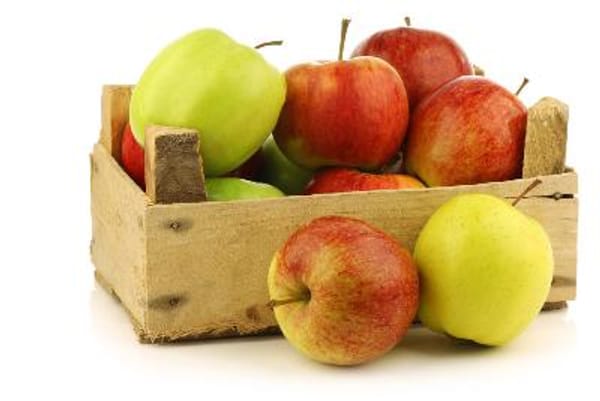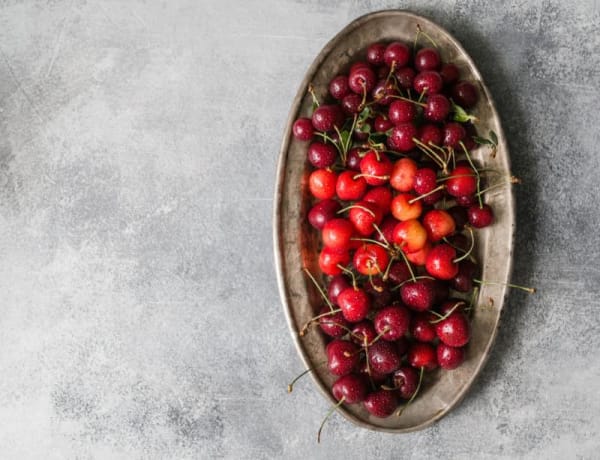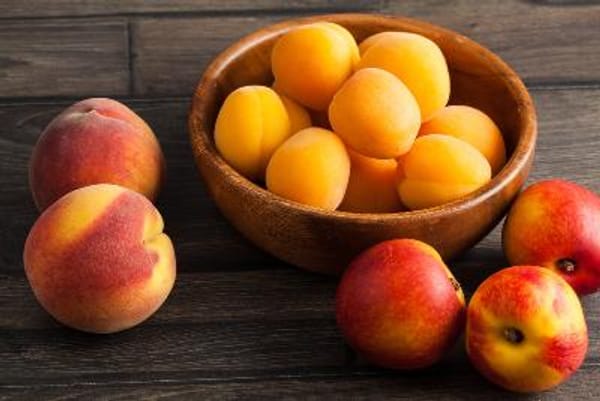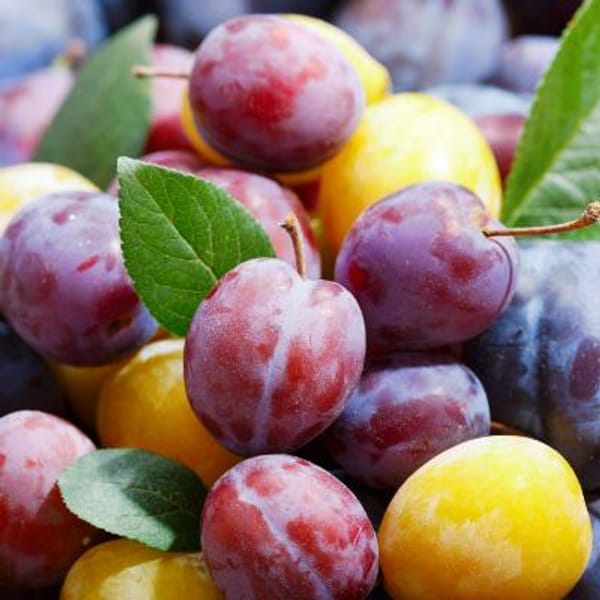Dapple Dandy Pluot- Variety Information
- On Sale! 15% off Pre-ordered Bare Root Fruit Trees (ends 12/31/25)
- Dapple Dandy pluots are creamy white and red-fleshed freestone with wonderful plum-apricot flavor.
- Skin is greenish-yellow with red spots that turn to a maroon and yellow dapple when ripe.
- Ranks among the all-time top five best-flavored fruits at Dave Wilson Nursery tastings.
- Needs a pollinator: Flavor Supreme Pluot, Flavor King Pluot, Santa Rosa Plum, or Burgundy Plum.
- Vigorous and prolific.
- USDA Zone 5-10, Requires 400-500 chill hours to set fruit.
- Protect when temperatures fall below -20°F.
- Approximate harvest period (for Central CA): June / July.
- (Pat. No. 9254) (Zaiger)
- Grafted on Myro 29C rootstock
- Click here to view "Fruit Tree Rootstock Information"
- Click here to view our "Fruit Tree Variety Chart"
- This tree will be shipped dormant and bare-rooted.
- Please see our "Dormant Tree & Plant Guarantee" below
- This is a pre-ordered item. It will be ready to ship starting January 2026.
Click here for our Bare Root Fruit Tree Growing Guide (pdf)
Guia de cultivo para un arbol de raiz desnuda
Optimize Shipping: Optimize your shipping by ordering multiple bare-root fruit trees. Shipping is calculated by box size. We can fit up to 8 bare-root fruit trees in a box. Multi-budded fruit trees and Jujube trees will count as 2 due to branching.







